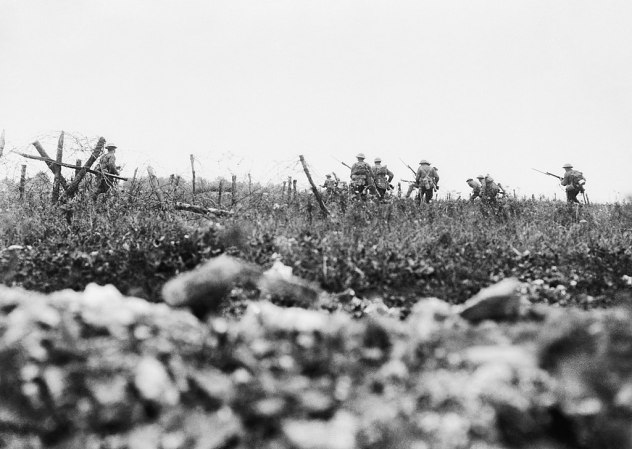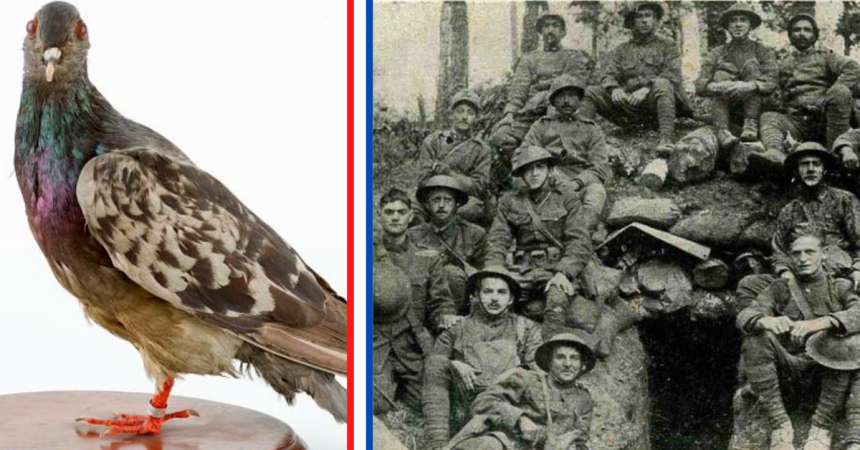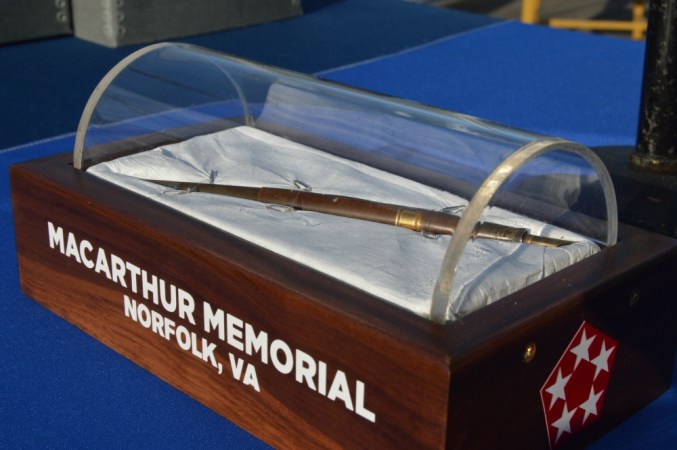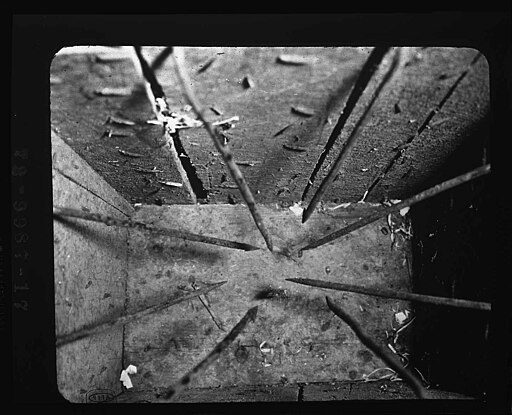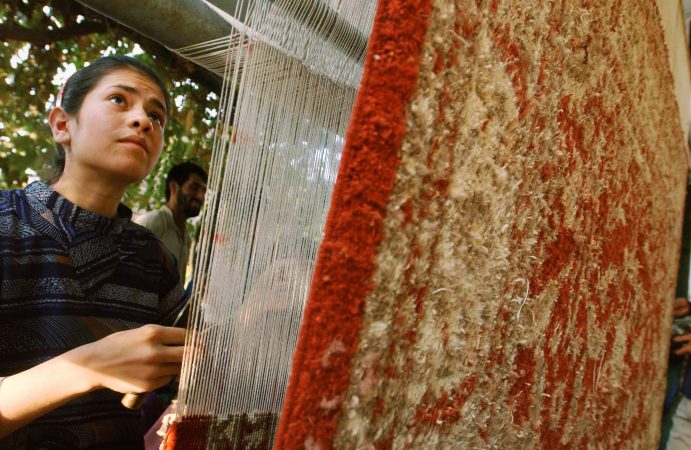World War I wounds were horrific, as an opening in the skin created easy access for all the nasty diseases that swam through the trenches and crawled through the mud of No Man’s Land. A bullet wound, shrapnel puncture, or even a few scratches from barbed wire could get infected quickly. And so Britain looked to history and other countries for potential methods of quickly producing a higher quality material for bandages. A surprising solution was found in peat moss, the layer of plants that grow on top of many bogs and peat fields. So, they wanted to pack their wounds with plants that grew from decay-filled ground. Seems legit.

(British Government)
But there’s actually a long history of packing wounds with plants, especially moss. Ancient Irish warriors used mosses, as did French and German soldiers in the 1890s. Germany was even using moss bandages during World War I, and Britain decided to copy their foes.
So what made moss so great a bandage material? A few things. First, there weren’t conflicting needs for moss. While cotton was also a great material, belligerent countries needed cotton cloth for uniforms and gun cotton for ammunition, so there wasn’t enough to go around.
Next, some species of moss were actually more absorbent than cotton. Spaghnum moss, by weight, can hold twice as much liquid as cotton can, meaning that a similarly sized bandage can sop up a lot more blood while protecting the wound. This is thanks to how moss grows, basically creating cells and allowing them to die in order to create reservoirs for storing water. Those tiny reservoirs can hold blood as well, drying out the wound and allowing it to clot faster.

Sphagnum moss was a valuable bandage material in World War I.
(Katja Schulz, CC BY 2.0)
Even better, some species of moss have special cell walls with an electrical charge that, long story short, makes them naturally antiseptic. These bandages kill bacteria without the need for any fancy chemical solutions or coatings. They were also naturally resistant to mildew.
But, then why wasn’t Britain already using this miracle material? Because it was crazy hard to collect. When the British decided to start using the moss as a bandage material, British and Canadian organizers started hosting events just to go walk the peat bogs and collect the material. One man even made the news for walking over 1,000 miles to collect the goods. And these workers were nearly always volunteers.
But the bandages did make a difference on the front, outperforming cotton bandages to the point that America, the only combatant still flush with cotton, traded gas masks components to get its hands on the moss because the plant-based bandages were better.
When the war ended, there were obviously much fewer volunteers willing to walk through the elements for no pay or willing to assemble the final bandages, so they fell out of favor. But some medical manufacturers continued to make the bandages and sell them. They were rare, though.

(Smithsonian Museum)
For some reason, U.S. manufacturers experimented with using moss-based materials for feminine hygiene products. For some reason, women weren’t super into it, and the product largely disappeared. If you are into it, the Smithsonian’s National Museum of American History actually has a box of them in their collections.
Just go full National Treasure and you, too, can enjoy the benefits of sphagnum moss bandages. That was the most popular moss for bandages in World War I, so they’re even the most relevant historically.
Now, scientists in Europe are looking for ways to cultivate plants like sphagnum moss without damaging the peat bogs that they grow on most easily, preferably by getting them to grow in controlled conditions on farms. Trampling peat bogs is labor intensive and very harmful to the environment, releasing lots of carbon from the soil into the atmosphere. Growing moss somewhere else might make it commercially viable without threatening the environment.
So, in World War III, you might get to use moss-filled bandages, just like great-great-great grandpa in The Great War.



